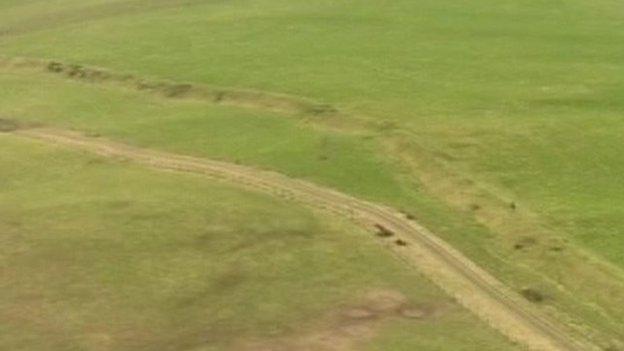Welsh conservation scheme brings back wildflowers
- Published
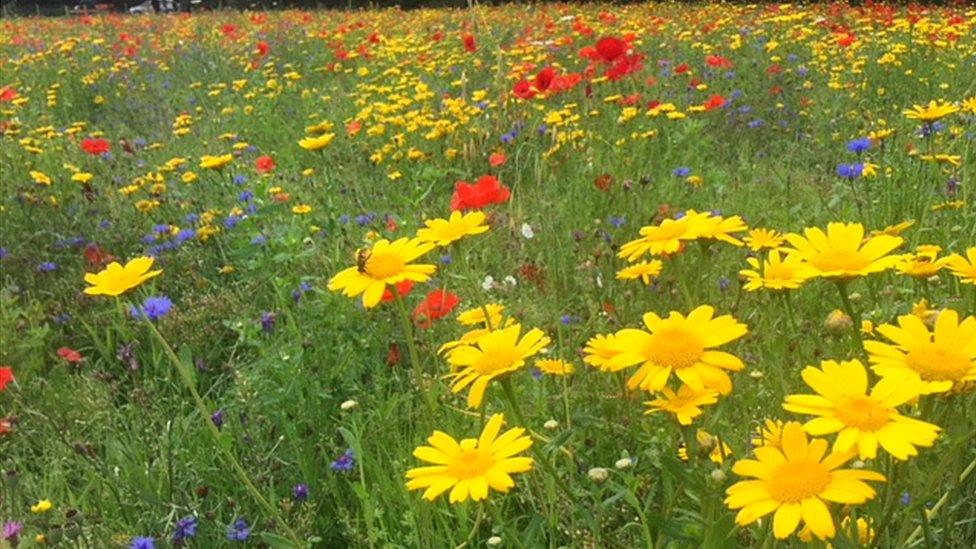
About 97% of Wales' wildflower meadows were lost due to heavy fertiliser use
A conservation scheme has brought back rare wildlife and plants to meadows in Wales.
Meadows have been disappearing from the Welsh landscape since the 1930s but National Trust Wales said they are starting to help reverse this.
In the last year, conservation by the charity has created 40 acres of new meadows across the country.
Wildflowers such as yellow rattle which have not been seen since World War Two, were spotted in Chirk, north Wales.
The National Trust said 40% of Britain's meadows are in Wales, but since 1930, 97% of Wales' wildflower meadows were lost due to heavy fertiliser use and early hay crops, which meant 63% of butterflies were also lost.
At Chirk Castle, six hectares of herb rich meadows have been re-established and there has been a 50% increase in yellow rattle and eyebright plants.
Keith Griffith, ranger at Chirk Castle said: "This year has been about the natural regeneration of the new meadows right in front of the castle.
"We're three years into the project and it could be 15 years or more before some plants will flower, but our work is showing positive signs.
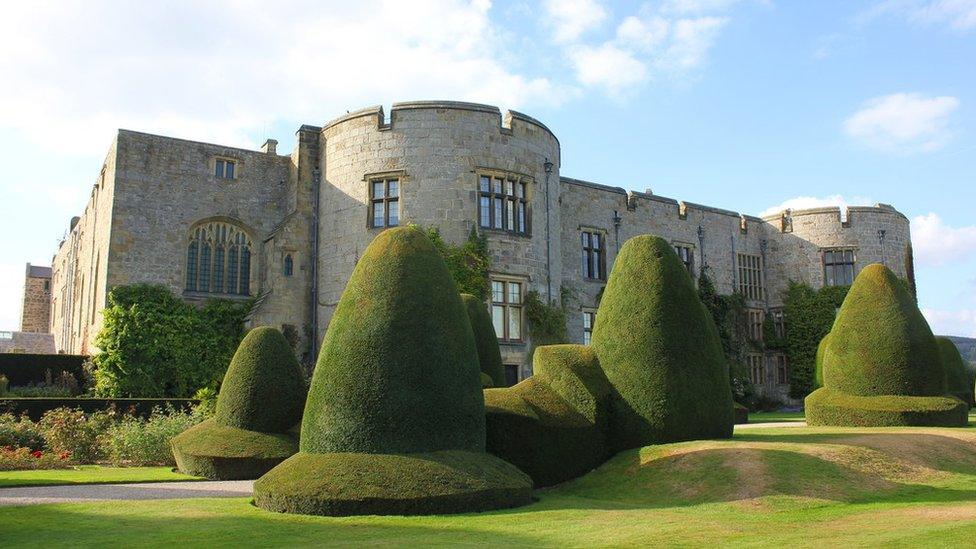
Chirk Castle is a Grade I listed 13th Century castle
"We want to form a basic habitat and already there is a noticeable increase in the numbers of small mammals and insects in the grass and kestrels in the skies hunting them."
The threatened green-winged orchids, are blossoming again at Bodnant Garden, near Colwyn Bay.
Lauri MacLean, from National Trust in Wales, said: "As well as the ecological benefits for plant life, insects and animals, there are many benefits for farmers too.
"Allowing hay crops to grow wild for longer before cutting means they acquire more minerals and fibre."
- Published2 July 2019

- Published7 June 2019
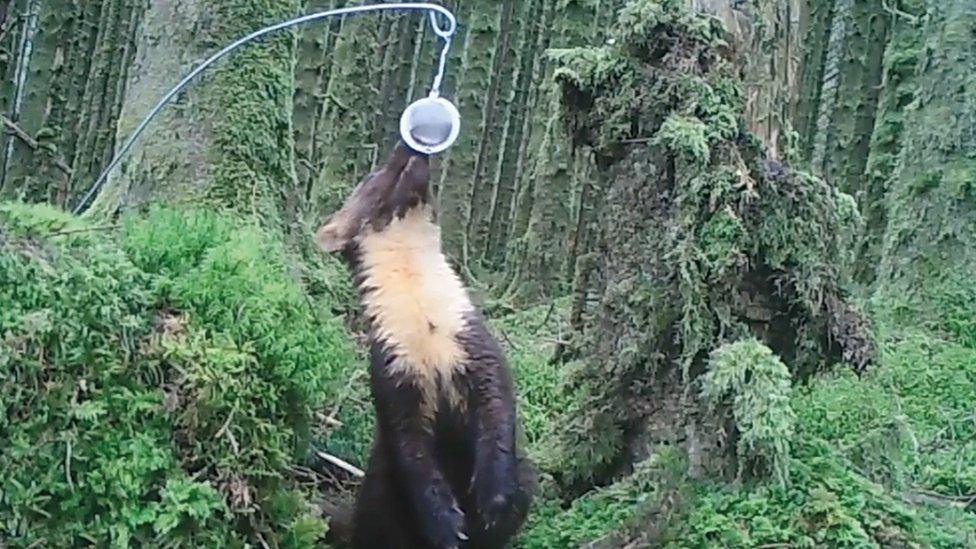
- Published21 September 2018
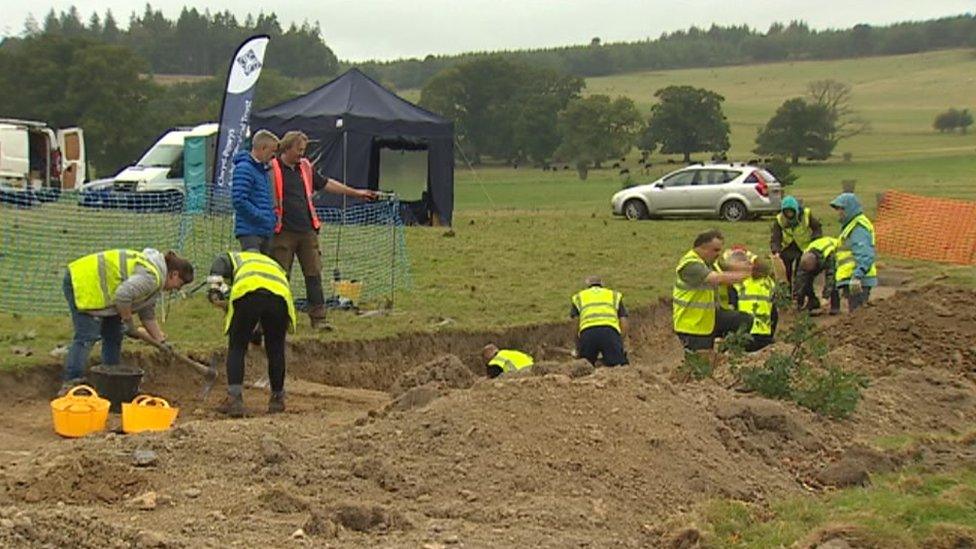
- Published26 April 2017
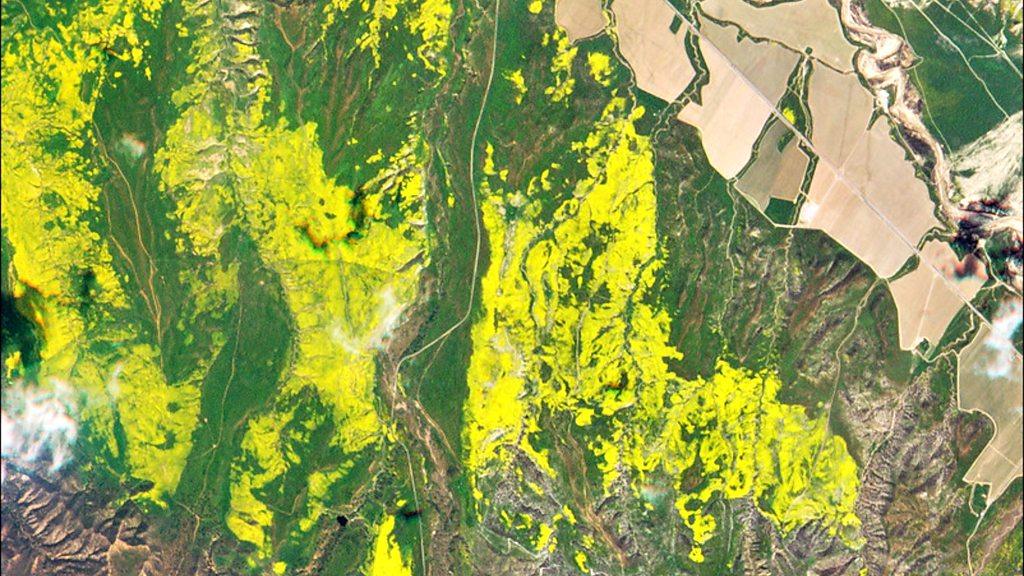
- Published7 April 2014
